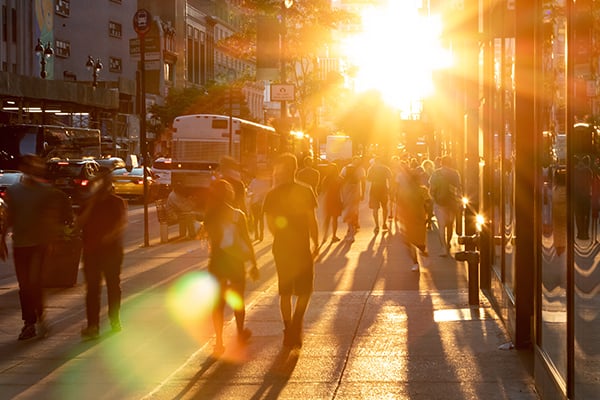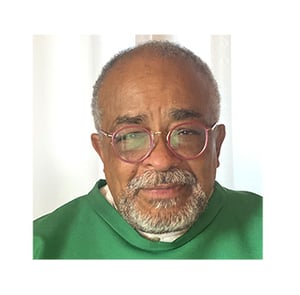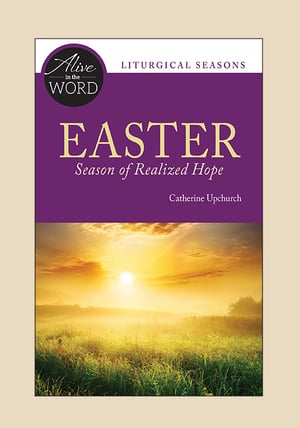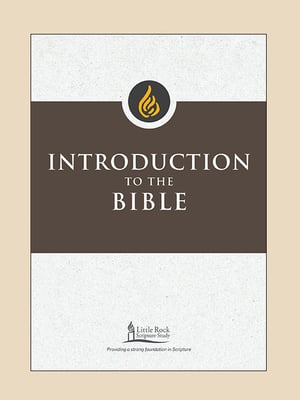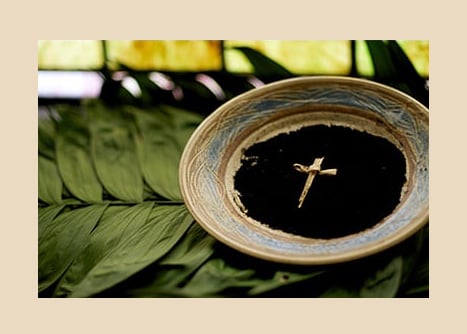Deacon Art Miller ponders challenging questions for contemporary Christians. How do we perceive the world around us? How do we live in it?
“Is the world in which we live a secular world or a sacred world?” This question was the focus of a recent gathering of Black men that I meet with on a bi-weekly basis for discussions on faith, politics, and Blackness. Much like our ancestors, we felt called into conversation, hearing the echo of the prophet Isaiah: “Come now, let us set things right [reason together]” (Isa 1:18).
An interesting group of men, to say the least: two attorneys, a pastor, a scientist, and me, a Catholic deacon. All of us with different experiences, professions, and ideas to bring to the table. Each of us spoke and listened with respect, but with persistent spiritual curiosity: Is our world sacred or secular?
Scripture clearly states God’s opinion: “God looked at everything he had made, and found it very good” (Gen 1:31). These words certainly validate the idea that this place we call earth, our common home, was sacredly created by God. And God determined that his creation and all that dwelt therein was good. So by what authority can we, his creation, call it otherwise?
And yet, maybe it is not so much what we call it as how we live in it. While in deep prayer with his Father, Jesus said: “I do not ask that you take them out of the world but that you keep them from the evil one. They do not belong to the world any more than I belong to the world” (John 17:15-16). It seems that there is an undeniable separation between the sacred, created world in which we live and the secular world in which too many belong. Is this secular world separating us from our true nature of belonging to God? Or can we see past it, recognizing our world as a divine creation and attempting to live in it through the inspiration that this very divine creation calls us to?
It is difficult to live our faith always, not just on Sundays. We often feel divided; we experience a sort of hybrid religiosity. We fall back on the engine of secularism when we are busy and distracted, and when the battery of faith, trust, and belief run low. Then we hurry back to our faith lives to be recharged all over again. Back and forth, back and forth—is this how we are to interact with a world that challenges and sometimes even frightens us? A world that with unrelenting energy tires us and wears us down until we are tempted to give in to a secular way of seeing and living?
The apostles in the midst of their brokenness were seemingly unremarkable people who had differing levels of attachment to their world. A fisherman, a tax collector, a zealot, a thief, not to mention a persecutor of the first believers. Nonetheless they were called by Jesus, who sent them out with grace and a warning: “Behold, I am sending you like sheep in the midst of wolves; so be shrewd as serpents and simple as doves” (Matt 10:16). Jesus knew the challenges they would face. He knew the crosses they would bear when attempting to spread—and live—the gospel day in and day out in a world that often lives more stridently without religious convictions than with them.
Whatever our perspective, whether we view our world as secular or sacred, the question remains: How do we live in it? Living in a world we view as sacred opens our eyes not only to God’s presence in each moment—in every act, in all happenstances and all people, in its broad array of joy and miracles—but even in the darkness that has persuaded some to believe that God does not exist. When we see God in all that is, we come to a new understanding. Living in a sacred way in a sacred world made secular is not easy—but there is an overwhelmingly sacred peace there that is ours for the living.

